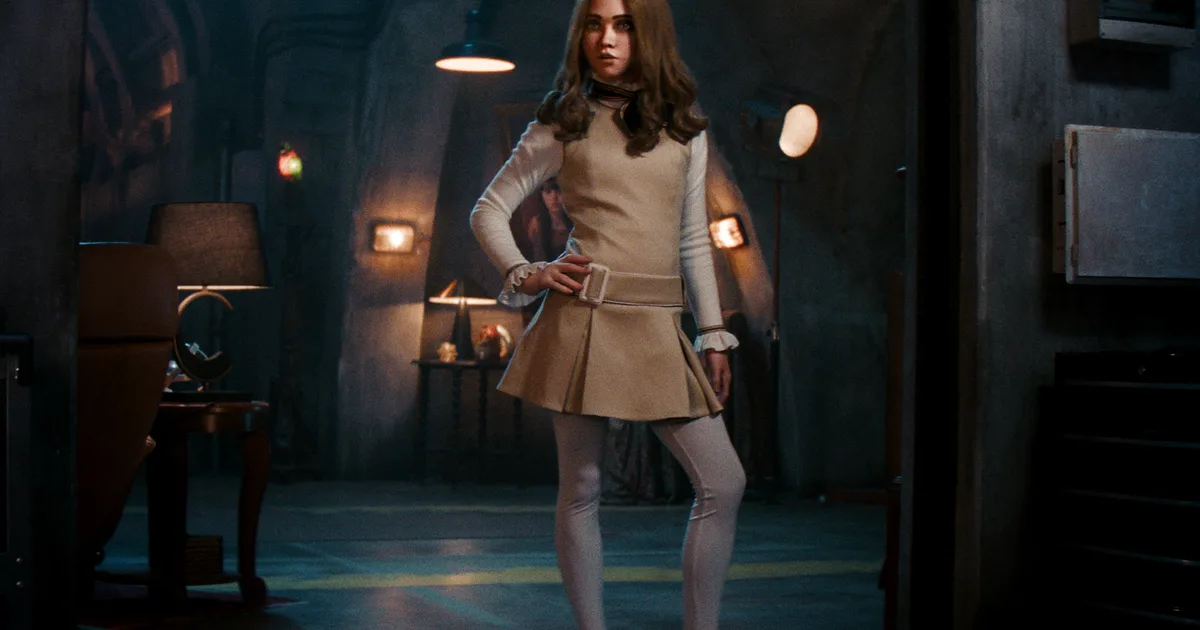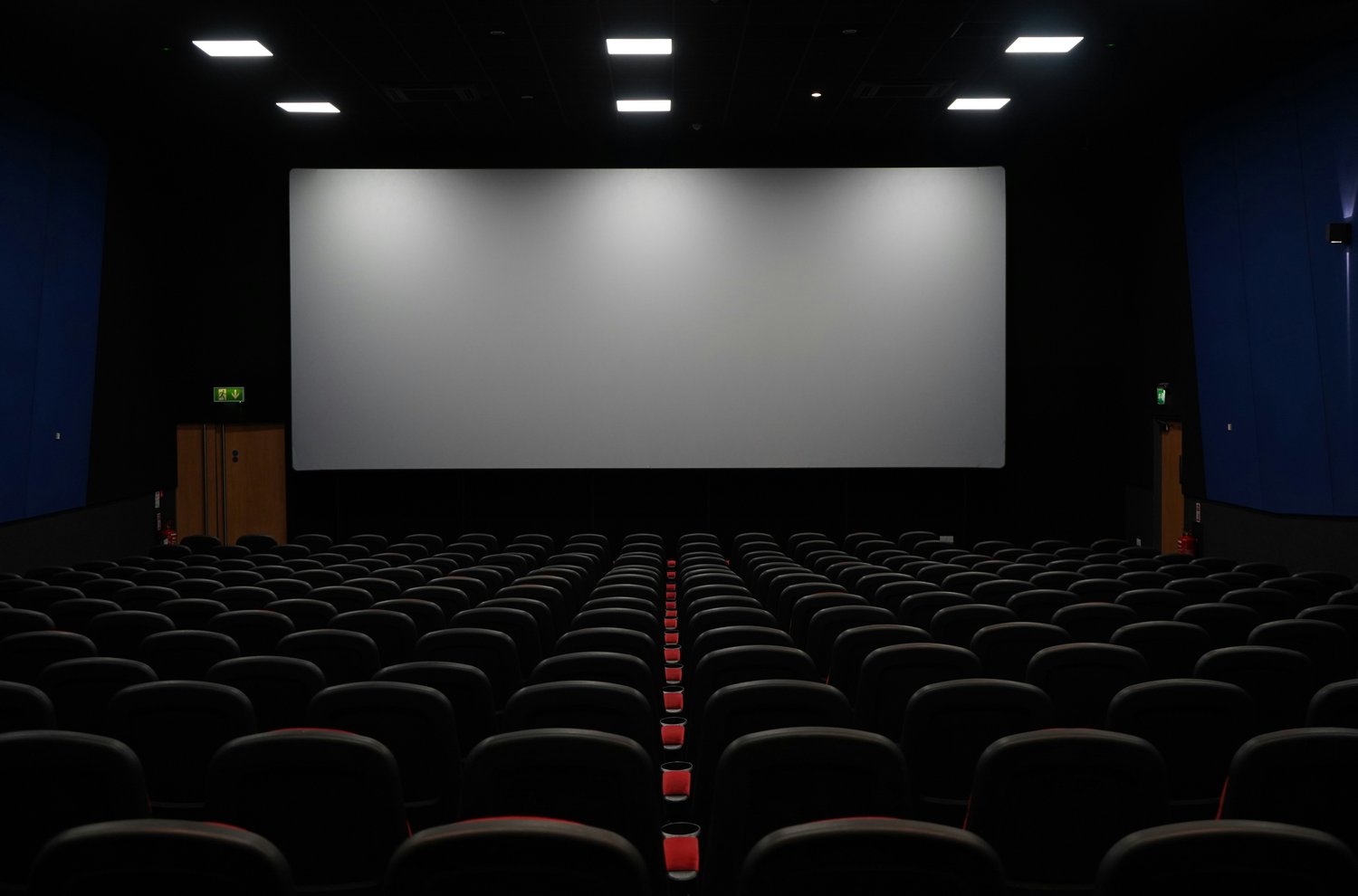Introduction
In 1939, Hollywood was basking in an almost mythic glow. It was the year of Gone with the Wind, The Wizard of Oz, Mr. Smith Goes to Washington, and Stagecoach—a cinematic apex unmatched in American history. The studio system was operating at full throttle, its stars luminous, its moguls wealthy, its audiences faithful. Then the world changed.
Cinema Scholars looks back on how the outbreak of World War II in Europe and America’s entry into the war after the attack on Pearl Harbor in December 1941 shifted the role of the film industry from escapism to engagement. The golden machinery of Hollywood became an arm of the American war effort, voluntarily, zealously, and sometimes self-servingly. From 1939 to 1945, the studio system reached both its peak in patriotism and its structural limits.

The Studio System: Still King, But Under Strain
At the heart of the system were still the Big Five—MGM, Warner Bros., Paramount, 20th Century-Fox, and RKO—and the Little Three—Columbia, Universal, and United Artists. These vertically integrated studios controlled the flow of content from the soundstage to the theater marquee. The stars were bound by contract, and the films rolled out on a strict schedule.
In the early 1940s, despite material shortages and labor tensions, the studios remained profitable. War was good for business. Audiences flooded theaters for both newsreels and narrative films. By 1943, weekly movie attendance in the U.S. reached a staggering 90 million—more than half the country’s population. Yet the pressure to support the war effort, maintain public morale, and adhere to federal messaging introduced unprecedented constraints—and opportunities.
Washington and Hollywood: A New Alliance
The U.S. government quickly recognized film’s potential as a propaganda tool. In 1942, President Franklin D. Roosevelt established the Office of War Information (OWI), which coordinated with Hollywood to ensure that films aligned with national interests. The OWI issued guidelines: portray Allied unity, avoid excessive gore or defeatism, include women in the workforce narrative, and never glorify the enemy.
Studios collaborated—sometimes reluctantly, often eagerly. Frank Capra, fresh off his Oscar wins, joined the Army and produced the Why We Fight documentary series. John Ford and John Huston also enlisted, making powerful wartime documentaries like The Battle of Midway (1942) and Report from the Aleutians (1943).

Even fictional narratives carried messages. Warner Bros., known for its hard-hitting social dramas, led the charge. Casablanca (1942), though not conceived as propaganda, became a powerful allegory for resistance and sacrifice. Mrs. Miniver (1942), a British-American co-production from MGM, was lauded by Churchill as “worth six divisions.”
Stars in Uniform—and Bond Drives
Many of Hollywood’s leading men exchanged tuxedos for uniforms. Jimmy Stewart flew combat missions in Europe. Clark Gable, devastated by his wife Carole Lombard’s death in a war bond flight crash, enlisted in the Army Air Forces. Tyrone Power joined the Marines. Meanwhile, female stars like Bette Davis, Marlene Dietrich, and Hedy Lamarr toured the country raising millions in war bonds.
The Hollywood Canteen, co-founded in 1942 by Davis and actor John Garfield, served as a star-studded morale booster where servicemen could dance with movie stars and eat for free. Studios encouraged their stars to appear humble, patriotic, and accessible—a vital part of the war machine’s emotional arsenal.
Films as War Weapons—and Cultural Mirrors
From 1939 to 1945, genres evolved. War films surged in popularity, but so did musicals, screwball comedies, and noir. Films like Yankee Doodle Dandy (1942) wrapped patriotism in razzle-dazzle. The More the Merrier (1943) explored the housing shortages caused by wartime mobilization, blending social commentary with romantic comedy.
Meanwhile, the shadow of darkness grew. The trauma of war and global instability helped birth film noir—cynical, morally ambiguous stories often featuring returning soldiers and broken dreams. Films like Double Indemnity (1944) and Laura (1944) spoke to a restless, more jaded America.

Cracks in the System
The war years were profitable, but the old studio machinery was beginning to creak. Labor strikes erupted at Disney and Warner Bros., challenging the studios’ treatment of workers. Independent producers like David O. Selznick and Samuel Goldwyn pushed for greater creative control outside the traditional studio hierarchy. The OWI’s influence, while significant during the war, also opened the door for federal scrutiny. As the Cold War dawned, the alliance between Washington and Hollywood would take a darker turn.
And looming in the distance was a legal storm: the 1948 Paramount Decree, a Supreme Court ruling that would end the studios’ monopolistic grip over theaters. But the roots of that decision stretched back into the war years, as independent theaters began to question the fairness of the studio stranglehold.
Curtain Call for an Era
By 1945, the war had ended, but the world—and Hollywood—had changed irrevocably. The studios were still powerful, but they were no longer unquestioned emperors. Stars wanted autonomy. Directors demanded creative freedom. And audiences, exposed to the harsh realities of war, were growing more sophisticated.
The studio system would stagger into the 1950s, still producing hits, but its golden age was over. Between 1939 and 1945, Hollywood had become more than entertainment. It had become a national institution—and a battlefield of ideas.
Key Films and Events, 1939–1945
- 1939 – Gone with the Wind, The Wizard of Oz, and Mr. Smith Goes to Washington were released. Considered the apex of studio-era filmmaking.
- 1941 – Citizen Kane challenges traditional narrative structures.
- Dec 7, 1941 – Pearl Harbor attack; U.S. enters WWII.
- 1942 – Office of War Information created; Capra begins Why We Fight series; Casablanca released.
- 1943 – Hollywood Canteen opens; record-high movie attendance.
- 1944 – Noir classic Double Indemnity released; war themes deepen.
- 1945 – WWII ends; studios begin facing postwar identity
Join for the third and final part of our Rise and Fall of the Hollywood Studio System series: The Unmaking of the Dream Machine 1946 – 1950.
If You Enjoyed This Article, We Recommend:
The Rise and Fall of the Brown Derby (Click Here)
Agua Caliente: Old Hollywood’s Mexican Monte Carlo (Click Here)
The Celebrity-Owned Restaurants of Old Hollywood (Click Here)
Keep up with Cinema Scholars on social media. Like us on Facebook, subscribe on YouTube, and follow us on Twitter, Threads, Instagram, and Bluesky
Related
















